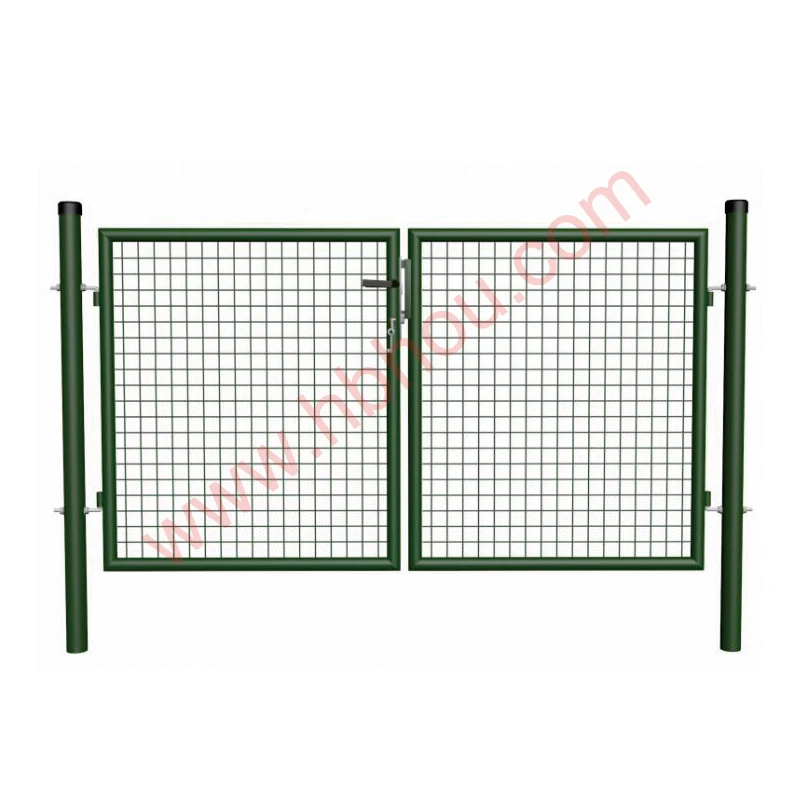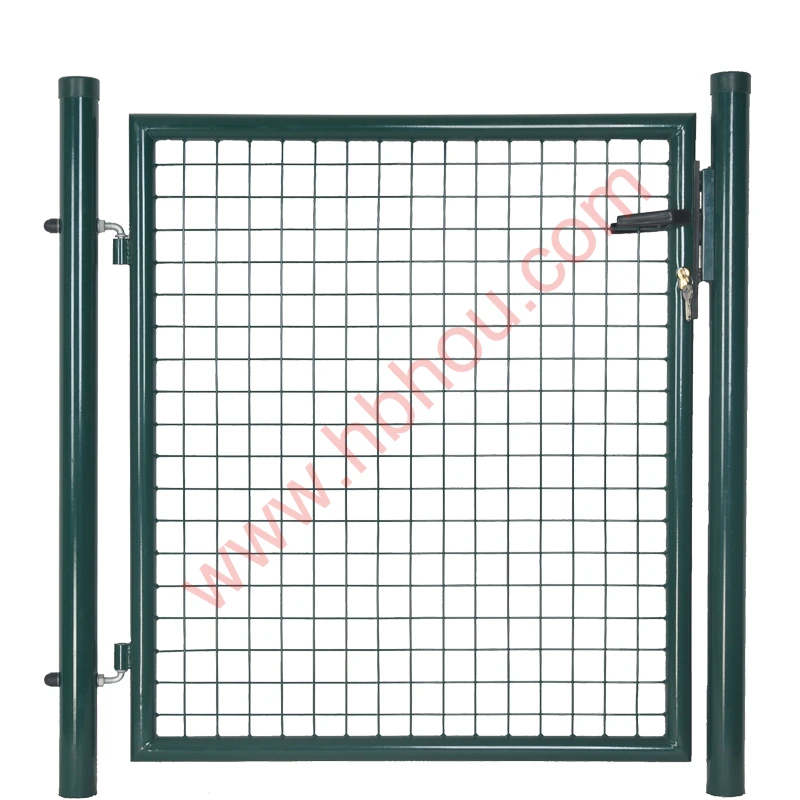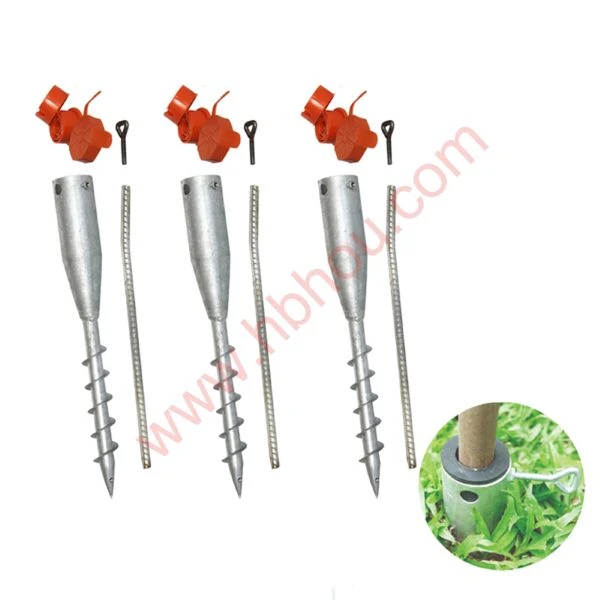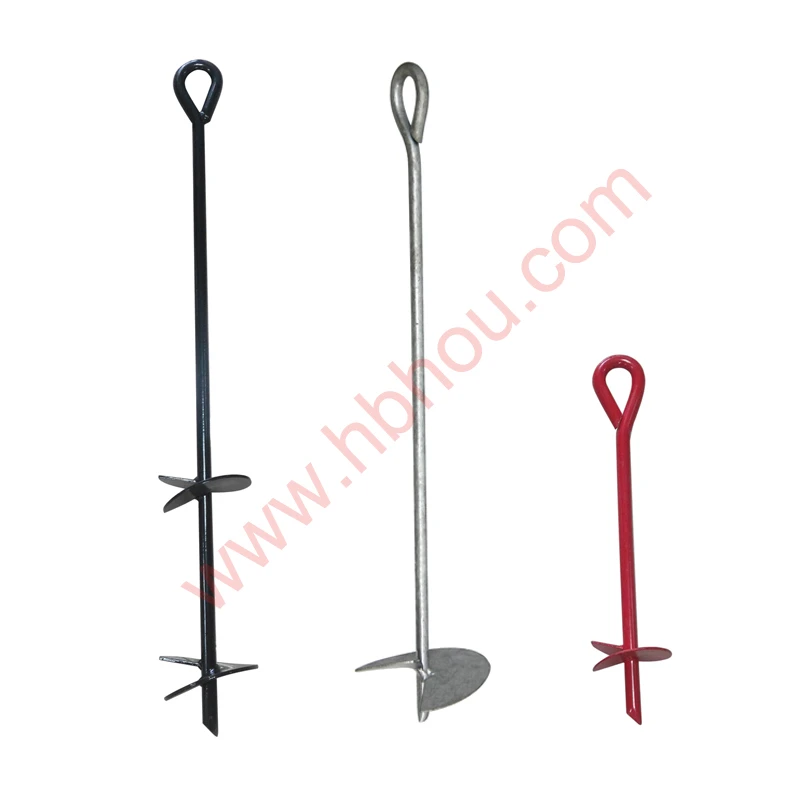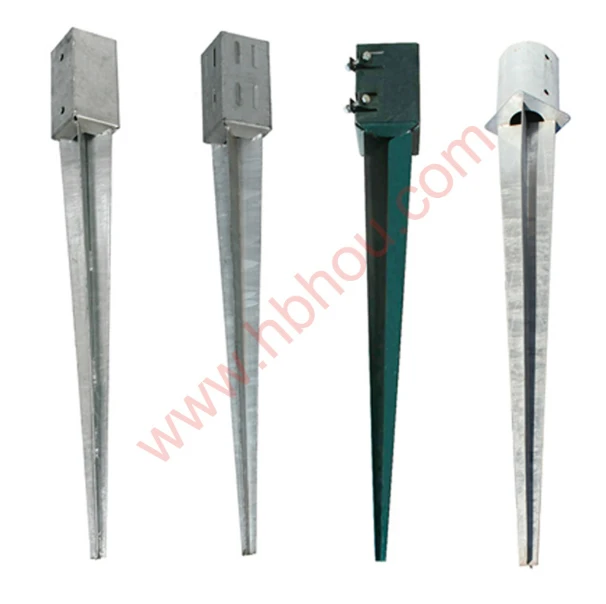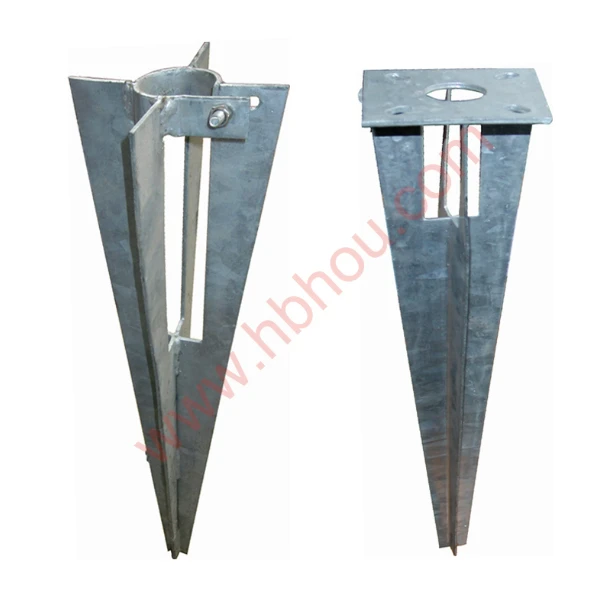Setting Fence Posts in Cold Weather Tips and Considerations
As winter blankets the landscape with frost and chilling winds, outdoor projects often take a backseat. However, setting fence posts is a task that many homeowners may find necessary even in the colder months. Whether you are constructing a new fence or maintaining an existing one, there are several factors to consider when setting fence posts in cold weather to ensure stability and durability.
Understanding the Challenges
Cold weather presents unique challenges when it comes to outdoor construction. The ground may be frozen solid, making it difficult to dig holes for fence posts. Additionally, materials like concrete can be affected by low temperatures, potentially leading to improper curing and weakened integrity. Being aware of these challenges will help you prepare better and execute the task more effectively.
Preparing the Site
Before embarking on your fence post installation, it is essential to prepare the site adequately. Start by surveying the area to determine the best location for the fence, considering factors like property lines and existing structures. Once you have marked the spots for your posts, check the ground conditions. If the soil is frozen, you might need to wait for a thaw or consider using alternative methods to install your posts.
If you must work in thoroughly frozen ground, a post-hole digger or an auger can be useful. However, be prepared for a workout, as digging through frozen earth can be labor-intensive. You might also consider warming the area with hot water or using a heavy-duty propane torch to melt the top layer of soil, allowing easier access.
Choosing the Right Materials
When it comes to setting fence posts in cold weather, choosing the right materials is crucial. For the posts themselves, consider using treated wood to resist moisture and melting snow, or opt for metal posts that are less affected by temperature fluctuations.
setting fence post in cold weather

For the concrete used to secure the posts, consider using quick-setting concrete that is specially formulated for cold weather. These products are designed to cure faster and remain strong even in low temperatures. Always check the manufacturer's instructions to ensure that you are using the right materials for the weather conditions.
Mixing and Pouring Concrete
When mixing concrete in cold temperatures, it's important to take certain precautions. Use warm water when mixing the concrete to help it cure properly. Additionally, be mindful of the air temperature; ideally, you should work when temperatures are above freezing. If conditions are too cold, you may need to use insulation, such as blankets or sandbags, to keep the concrete warm as it sets.
Once your concrete is mixed, pour it into the holes, surrounding the posts. Ensure that the posts are plumb and secure them using braces if necessary. Allow the concrete to set according to the manufacturer's recommendations. Keep in mind that in cold weather, curing may take longer, so be patient and allow the concrete to harden fully before applying any tension to the posts.
Monitoring the Weather and Final Touches
When setting fence posts in cold weather, always monitor the weather conditions closely. Avoid working in extreme cold, snow, or windy conditions, as these can increase risks and complicate the installation process. Plan your installation around favorable weather windows to achieve the best results.
Once your posts are set and the concrete has cured, you can proceed with the rest of the fencing. Make sure to check the alignment and height of the posts before putting up the panels. Consider using additional weather-resistant materials for your fence boards to ensure longevity against the elements.
Conclusion
Setting fence posts in cold weather can be accomplished successfully with proper planning, the right materials, and attention to detail. While it may be more challenging than in warmer months, the satisfaction that comes from completing a project in the face of adversity can be quite rewarding. By following the above tips, you can ensure that your fence stands strong against the winter weather, providing both security and aesthetic appeal to your property. So gear up, bundle up, and tackle that fence project with confidence!









